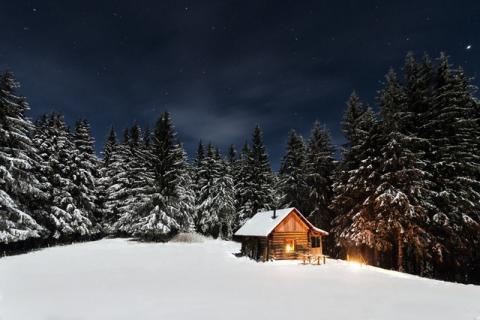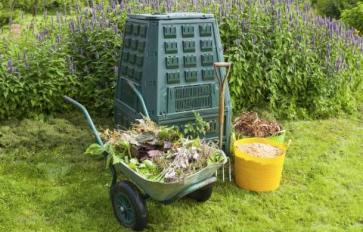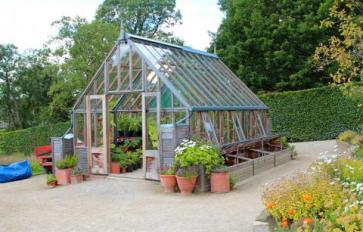
Tiny houses are becoming a big deal. They offer the freedom from a mortgage (at least a big one) and are exponentially more sustainable than a traditional housing structure.
So, what is a tiny house? Technically, a tiny house is under 400 square feet. These can remain on wheels or be built on a foundation. The houses that remain on wheels are generally even smaller, constituting a micro house (stay tuned for an article on these little dwellings next week).
Considering that the average house in America is between 2,000-3,000 square feet, it’s a big change for most who adopt this new lifestyle. But in a tiny house, each square foot serves a purpose – stairs often have storage drawers, a loft is made for a bedroom, etc. But, there’s no doubt about it – you have to really downsize to fit comfortably into a tiny house. Because of this, living in a tiny house is really more of a lifestyle change than a simple address change. For example, your kitchen will be a lot smaller, meaning less room for several sets of dishes, pots and pans, and utensils.
Tiny houses make Basmati’s Sustainable Housing Series because of the substantially lower impact they have on the environment around them. First, many are powered on solar energy. Even if the house uses traditional plumbing and electricity, resources (and bills!) are a lot lower because of the much smaller area needed to heat and cool. Second, compost toilets, greywater systems, and many other sustainable practices can be integrated right into a tiny home. There is also an emphasis on outdoor spaces, so gardening and more time spent outside are common when making the shift to a tiny house. This increased focus on simplicity is another main motivation for those that make the shift to a tiny house: many people want to break free from the society that conditions us to want and buy more. Another reason tiny houses are so sustainable is because of their construction (which also makes them more affordable). Because they are often prefabricated, they can be made quickly. They also require significantly less material to build. These bonuses mean there is less time/labor cost and less resources used hauling, shipping, and building the house.
Tiny houses are most popular for two distinct generations: millennials, and baby boomers preparing for retirement. More time spent outside, the ability to move one’s house, and the freedom from a mortgage are the most cited reasons for making the shift.
Others have reportedly bought tiny houses to use as guest houses for their already smaller homes. A tiny house can also make a nice office area if you work from home.
So, how much does one of these tiny houses cost? People generally spend between $20,000-$50,000 but this price often includes everything you need and installation. So, for example, this price often includes bathroom and kitchen fixtures like a small oven, sink, shower, and toilet. Since the average cost of a traditional house is around $200,000 it’s clear why some are making the switch.








